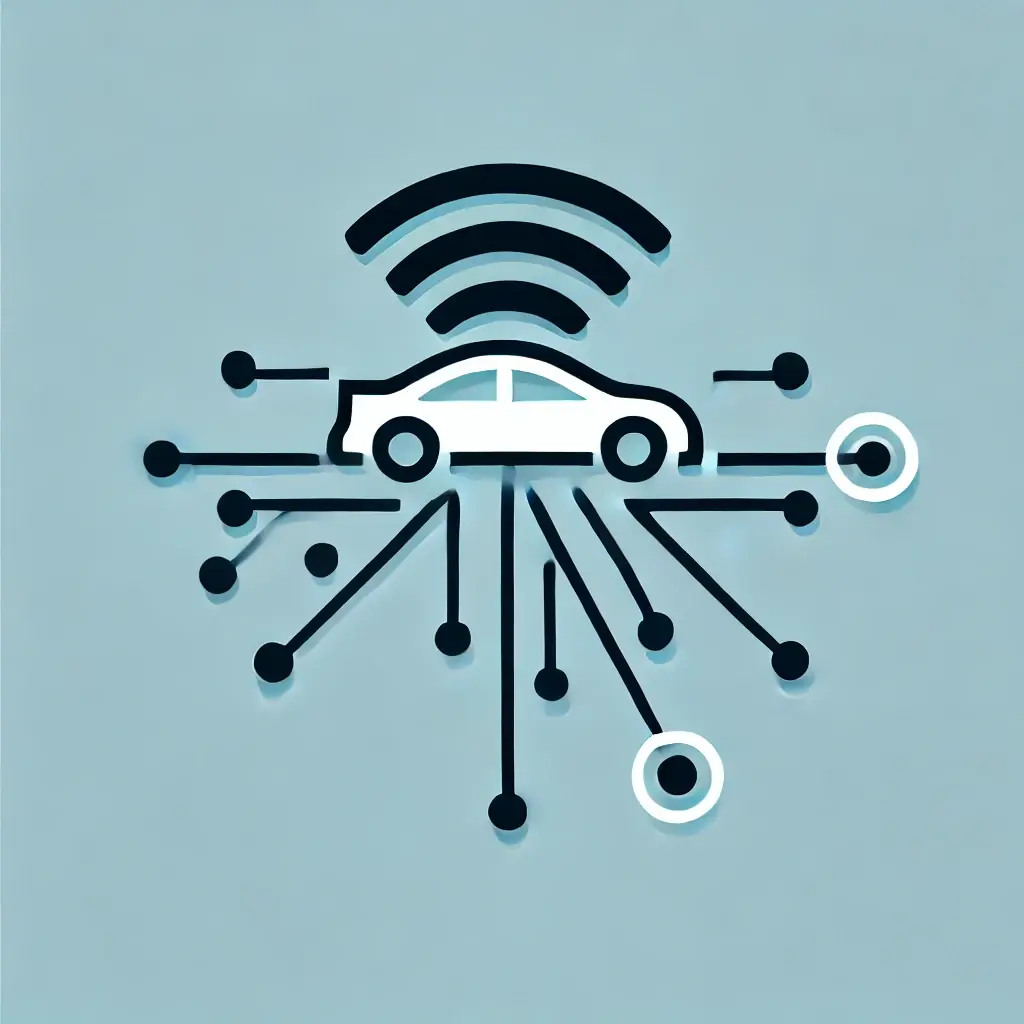Vehicle-to-Everything (V2X) communication is an innovative technology that enables vehicles to connect and communicate with various entities in their environment, including other vehicles (V2V), infrastructure (V2I), pedestrians (V2P), and broader networks (V2N). This interconnected system aims to enhance road safety, improve traffic efficiency, and reduce environmental impact through real-time data exchange.
Components of V2X Communication
1. Vehicle-to-Vehicle (V2V)
V2V communication allows vehicles to share critical information such as speed, location, and direction. This real-time data exchange helps vehicles detect potential collisions, coordinate movements, and maintain safe distances, significantly enhancing situational awareness and reducing the likelihood of accidents. V2V technology is a fundamental aspect of advanced driver-assistance systems (ADAS) and autonomous driving capabilities[2][4].
2. Vehicle-to-Infrastructure (V2I)
V2I communication connects vehicles with road infrastructure, such as traffic signals and road signs. This interaction enables vehicles to receive essential information, including traffic light statuses and road conditions. By optimizing traffic signal timings and providing real-time updates, V2I can alleviate congestion and improve overall transportation efficiency[2][4][5].
3. Vehicle-to-Pedestrian (V2P)
V2P communication focuses on the interaction between vehicles and vulnerable road users, such as pedestrians and cyclists. Utilizing devices like smartphones or wearables, pedestrians can transmit their location and movement data to vehicles. This capability allows vehicles to anticipate potential collisions, enhancing safety for all road users[3][4].
4. Vehicle-to-Network (V2N)
V2N communication connects vehicles to broader communication networks, including cellular and Wi-Fi networks. This connectivity facilitates access to real-time traffic information, weather updates, and route suggestions, contributing to safer and more efficient journeys. Additionally, V2N enables remote diagnostics and over-the-air updates, allowing manufacturers to monitor vehicle health and deliver software improvements[3][4][5].
Role of Artificial Intelligence in V2X
Artificial Intelligence (AI) plays a crucial role in enhancing V2X communication. By analyzing vast amounts of data collected from various sources, AI algorithms can improve decision-making processes for vehicles. For instance, AI can predict traffic patterns, assess potential hazards, and optimize routing based on real-time conditions. This capability not only enhances safety but also contributes to more efficient traffic management systems[2][4].
Future Prospects
The future of V2X communication is promising, with ongoing advancements in technology and infrastructure. The integration of 5G networks is expected to significantly enhance the speed and reliability of V2X communications, enabling seamless data exchange among vehicles, infrastructure, and networks. As more vehicles and smart infrastructure are deployed, the potential for V2X to transform transportation systems into safer, more efficient, and environmentally friendly ecosystems becomes increasingly attainable[3][4][5].
In conclusion, V2X communication represents a pivotal advancement in automotive technology, leveraging AI and connectivity to create a safer and more efficient transportation environment. As the technology matures, it holds the potential to revolutionize how vehicles interact with each other and their surroundings, ultimately leading to improved road safety and traffic management.
Further Reading
1. Vehicle-to-Everything (V2X) Communications | US Department of Transportation
2. What Is Vehicle to Everything (V2X)? | Built In
3. Vehicle-to-everything – Wikipedia
4. What Is V2X and The Future of Vehicle to Everything Connectivity | EMQ
5. Understanding Vehicle-to-everything (V2X) Communication | The Automotive Trend Guid | Avnet Abacus


